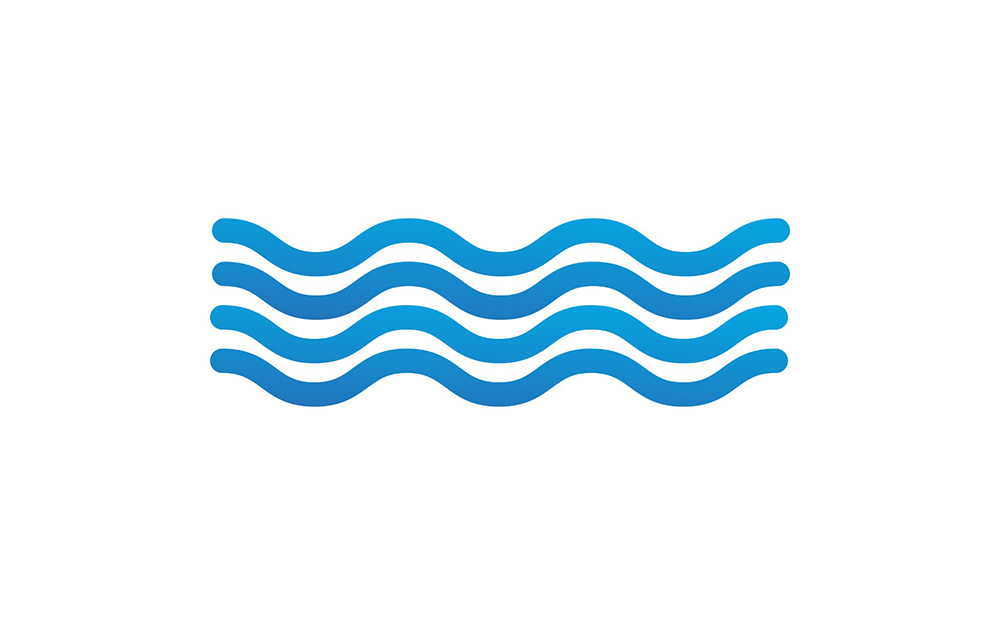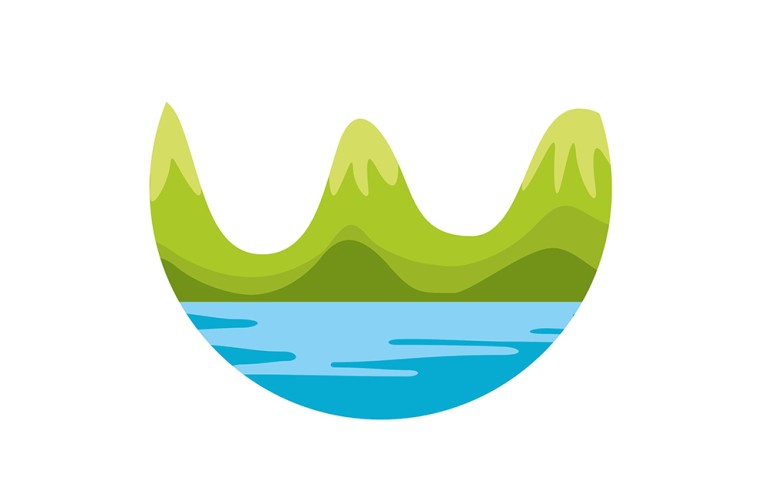Gota Canal

Largest tributaries
The Göta Canal (Swedish: Göta kanal) is a Swedish canal constructed in the early 19th century. The canal is 190 km long, of which 87 km were dug or blasted, with a width varying between 7–14 m and a maximum depth of about 3 m. The speed is limited to 5 knots in the canal..
The Göta Canal is a part of a waterway 390 km. long, linking a number of lakes and rivers to provide a route from Gothenburg (Göteborg) on the west coast to Söderköping on the Baltic Sea via the Trollhätte kanal and Göta älv river, through the large lakes Vänern and Vättern. This waterway was dubbed as Sweden\’s Blue Ribbon (Swedish: Sveriges blå band). Contrary to the popular belief it is not correct to consider this waterway as a sort of greater Göta Canal: the Trollhätte Canal and the Göta Canal are completely separate entities.




